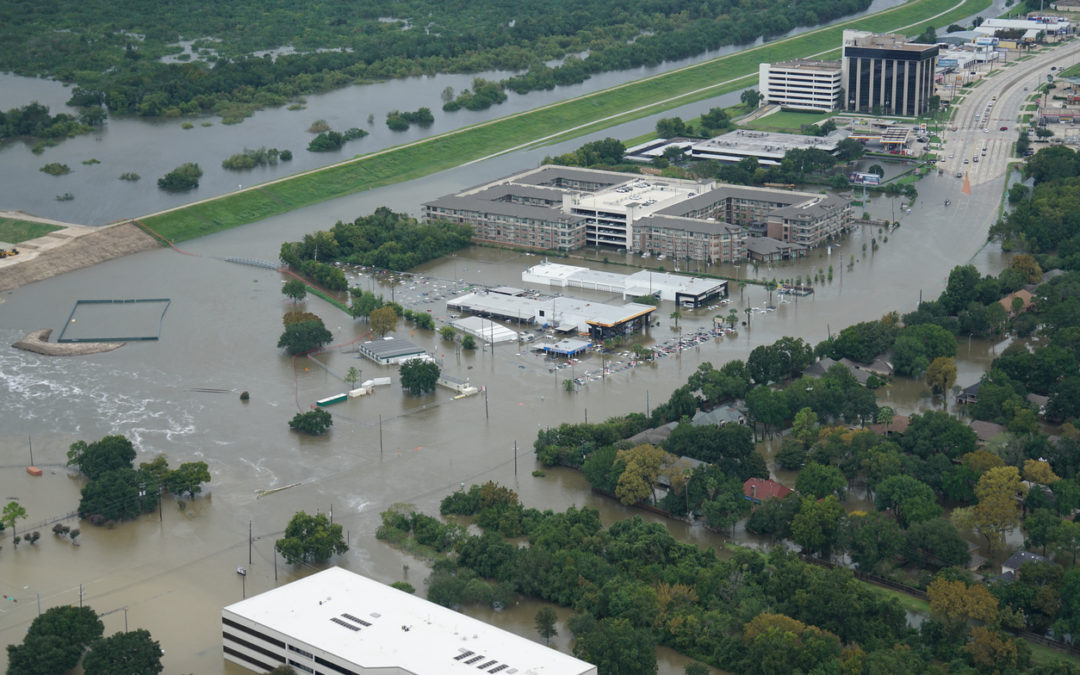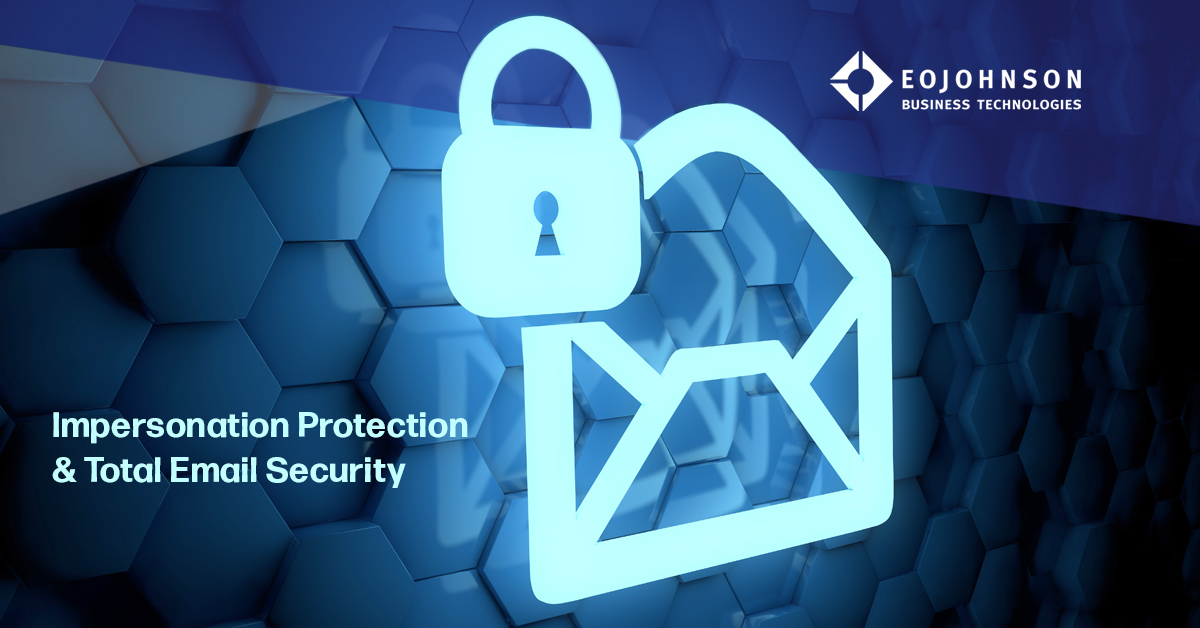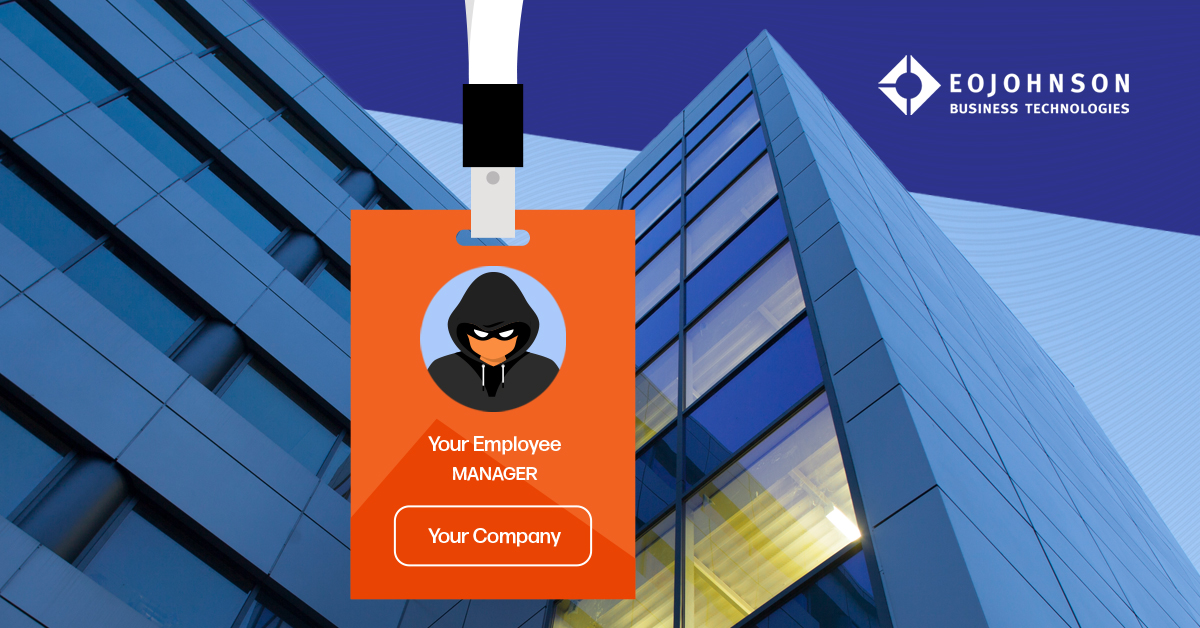According to FEMA, almost 40 percent of small businesses never reopen their doors following a disaster because just a few inches of water can cause tens of thousands of dollars in damage.
How prepared were Houston small businesses for Hurricane Harvey?
Our company is in the Midwest and tornadoes, floods and other natural disasters hit here too.
Unfortunately, no matter where or what kind of disaster, our experience with small businesses indicates that most were likely not well prepared.
Are you prepared for a disaster?
Employees are using desktop computers, laptops and wireless devices to create, process, manage and communicate information. It would be hard to find any business today that is not using email.
Many others are using Voice Over the Internet (VOIP) telephone systems and electronic data interchange (EDI) to transmit data, including orders and payments from one company to another. Servers are processing information and storing huge amounts of your data.
What if everything stops?
Most small businesses know they need disaster recovery and believe having a duplicate copy of their data is enough. It’s not.
Many small businesses are still relying on tape backup systems or other on-premise solutions that are not sufficiently reliable and, may also be destroyed in a natural disaster.
Most disaster recovery (DR) plans are poorly written or don’t even exist. One of the biggest problems overlooked is the time it takes to recover.
Once you declare a disaster, you still need to establish connectivity to alternate locations, recover data, and inform employees how to connect to applications and services.
All these things need to be taken into consideration to get your business up and running. Meanwhile, the ticker is running on business days gone.
Questions you need to ask about disaster recovery.
Let’s say your company servers are under a couple feet of water and there’s no office for employees to go to work. There are questions you should be asking.
- How long can I go without my data? (Example: financial institution can’t be down for more than a couple days.)
- Even if I can back up my data, where do I restore it to if my building is destroyed?
- Where do I tell employees to go and how do they connect to the data?
- How long will it take to resume business as usual?
Not easy questions to figure out when you’re standing in a couple feet of flood water! In the highly charged atmosphere of a disaster, already having a plan to answer all these questions is critical. You could say it offers some “calm” from the storm.
What does a well-written disaster recovery plan look like?
Regrettably, too many disasters come without warning. A good plan keeps the fog of disaster anxiety from clouding good judgement. It also increases customer confidence that you’ll be back to business as soon as possible.
Here are important discussion points when creating a well-written DR plan.
- Not all disasters are alike. Cyberattacks, for example, are becoming the most likely “disaster” to shut down your business. Other disasters, like tornadoes, bring down buildings. A good plan helps determine responses to different disaster scenarios.
- Technology shouldn’t be your only consideration. Think about your entire organization. John Iannarelli, a security consultant, speaker and former member of the FBI Cyber Division says, make sure you have your employee emails, cell and home numbers. Make it clear who will be the company go-to person in case of a disaster and where they should meet if the business site is compromised.
- Set priorities based on your most needed applications and services. What do you need first, second, third to do business? Most likely you depend on some more than others and you will need to balance the need vs. the cost to restore quickly.
- Practice the plan. It does no good if you have all the data up and running but no one knows how to access it. Reminding your organization of the DR plan is important.
Creating a disaster recovery plan can be affordable.
Moving data operations to the cloud is providing a growing number of small businesses more affordable disaster recovery.
Unlike the traditional model of backing up your data, some managed service providers like us, offer a “warm server ready” state—meaning the system runs in the background of your primary system allowing you to log in on demand.
In the event of a disaster, this virtual environment is packaged with everything ready to go. One large food distributor based in Houston, moved their core applications to cloud providers ahead of Harvey, diminishing their reliance on ground infrastructure.
Some of their employees were relocated temporarily, where they could support critical applications. As a result, the company is close to business as usual.
The “warm server state” is also invaluable to financial institutions with FFIEC guidelines that allow only a minimum of downtime.
One of our clients is a critical care nursing home that uses a “warm server” to protect residents from going more than a day without medication. They consider it insurance against a disaster that could shut down their center and endanger patients.
Disasters are costly, frustrating and often frightening events. Most don’t fall under “epic” disasters like Houston—and as I write this, Florida is bracing for a category 5 hurricane.
Easily overlooked are the 95% of the disasters related to errors or corrupted data and technical issues. While not nearly as dramatic television viewing, they are just as devastating to small businesses and require just as much advanced planning.
Now small businesses can have “big business” disaster recovery advantages.
For those of us in managed services, the toughest thing to see is a company that waited too long to get protection from disasters. True recovery success requires taking inventory of your people, location and technology.
You may “never” need disaster recovery but we like to compare it to insurance—nobody wants it but they’re always happy to have it when they need it.










No Comments Yet
Let us know what you think